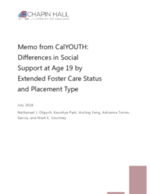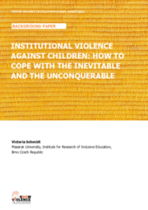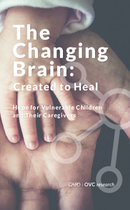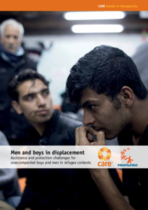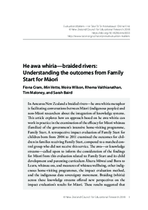Gender differences in the mental health of unaccompanied refugee minors in Europe: a systematic review
The aim of this study was to summarise the current evidence regarding gender differences in the mental health of unaccompanied refugee minors (URM) and to identify gaps in research.

